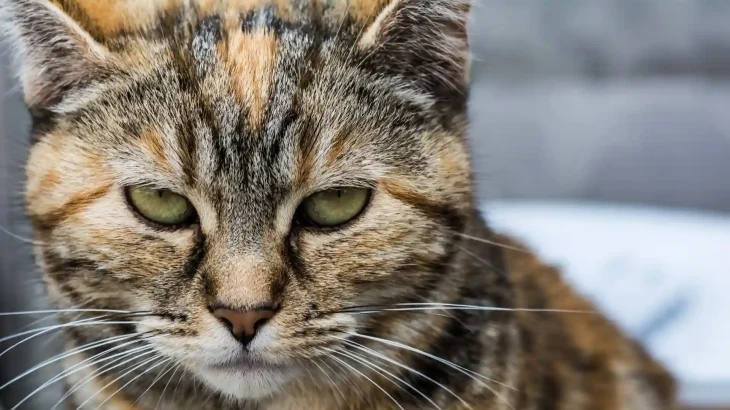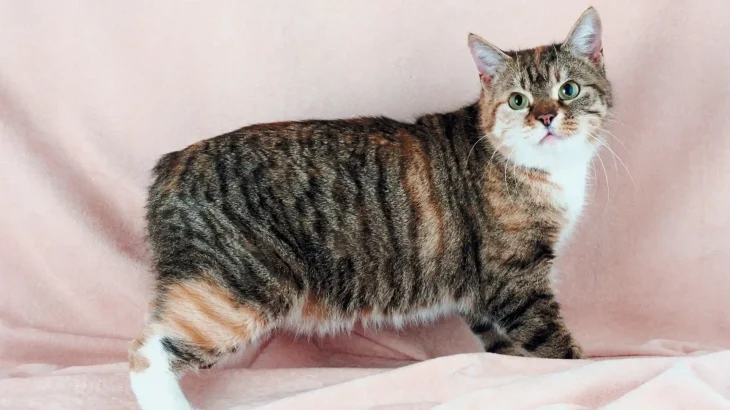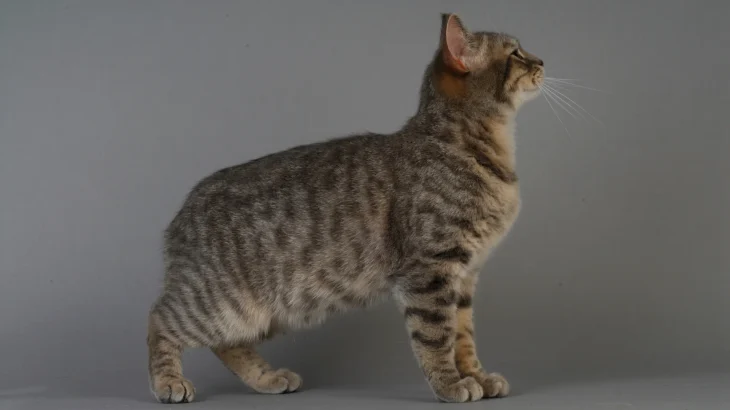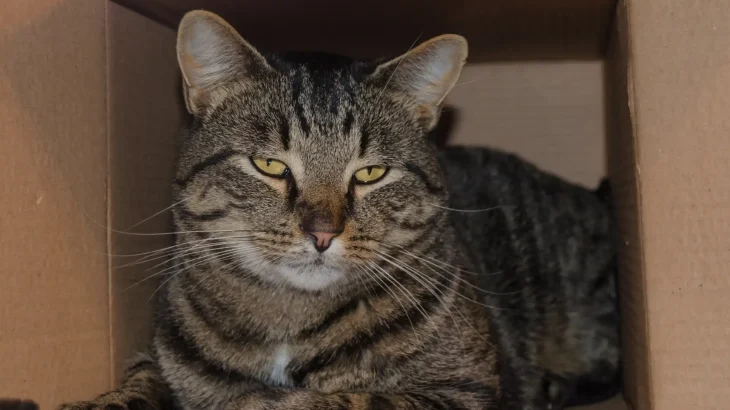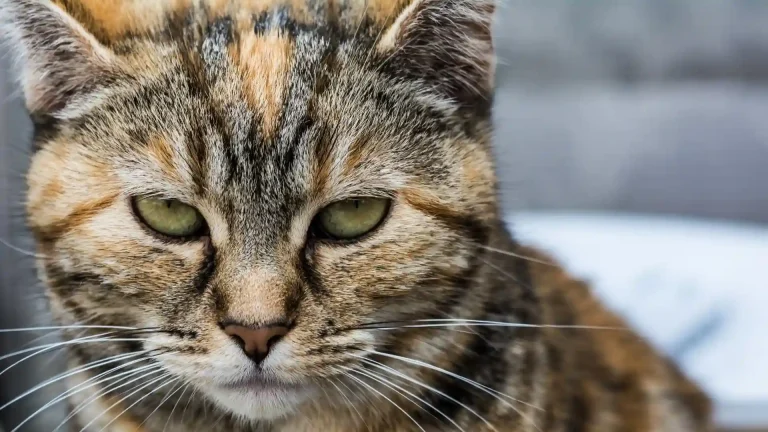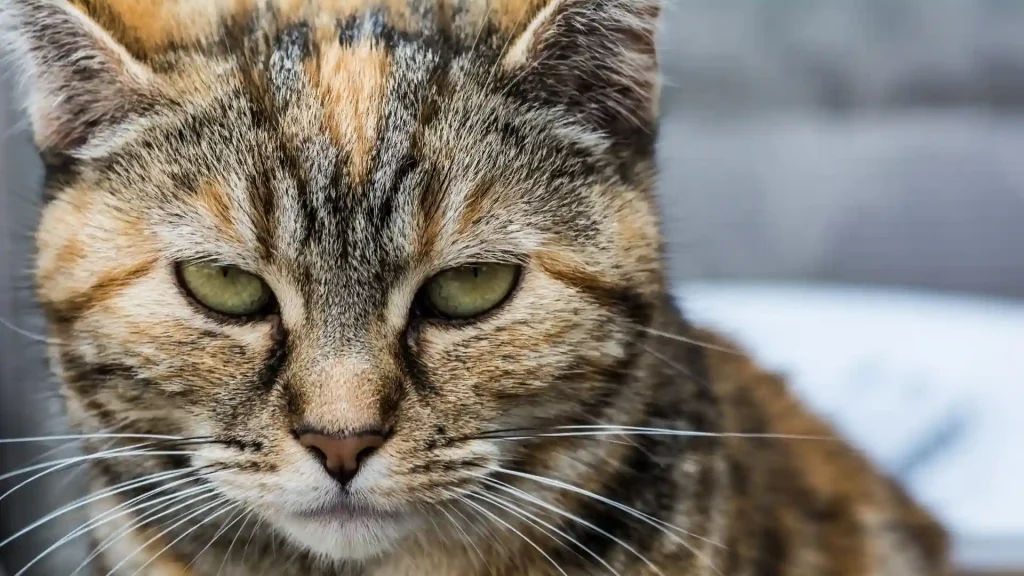When deciding to bring a Manx kitten into your home, you can either adopt one from a shelter or purchase from a breeder. Each route offers different benefits, from cost differences to the availability of detailed health information, especially considering the breed's genetic concerns.
| Criteria | Buying from Breeder | Adopting from Shelter/Rescue |
|---|---|---|
| Cost | Typically $400 to $800; higher due to breed specifics and health screenings. | Generally lower adoption fees; sometimes covers vaccinations and spay/neuter. |
| Health History | Detailed genetic screening to reduce risk of Manx syndrome; health records provided. | Health history may be unknown; basic health checks performed but risk factors might be less documented. |
| Age Availability | Mostly young kittens, ideal for raising from infancy. | Kittens and adult cats available, providing options for all preferences. |
| Temperament Insight | Breeder offers information on lineage and typical temperament. | Shelter staff can provide observed behavior insights; background less certain. |
| Supporting Practices | Supports responsible breeding efforts to manage breed-specific health issues. | Supports animal welfare by rehoming cats in need. |
| Risk of Genetic Disorders | Breeders work to minimize disorders like Manx syndrome through selective breeding. | Risk unknown or unmanaged; adopting helps provide a home for cats who might otherwise face challenges. |

